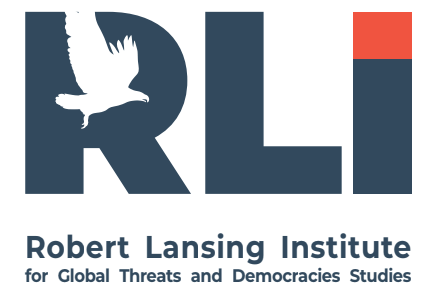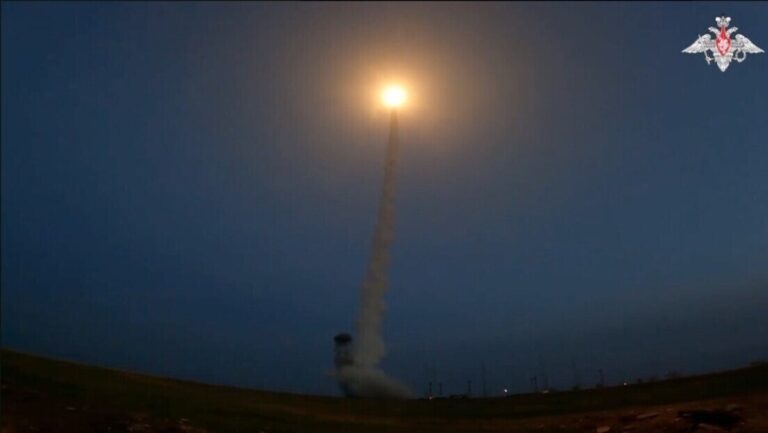Russia’s Nuclear Blackmail as a Tool to Pressure the West
Since the conclusion of the U.S. presidential elections, Russia has continued to escalate global tensions, leveraging the threat of nuclear catastrophe. The Kremlin believes that the prospect of nuclear conflict remains a particularly sensitive issue for some Western regimes, even in the absence of concrete indications that Russia is preparing for such a scenario. As a result, Moscow is taking steps to keep the threat of nuclear war at the forefront of international political discourse.
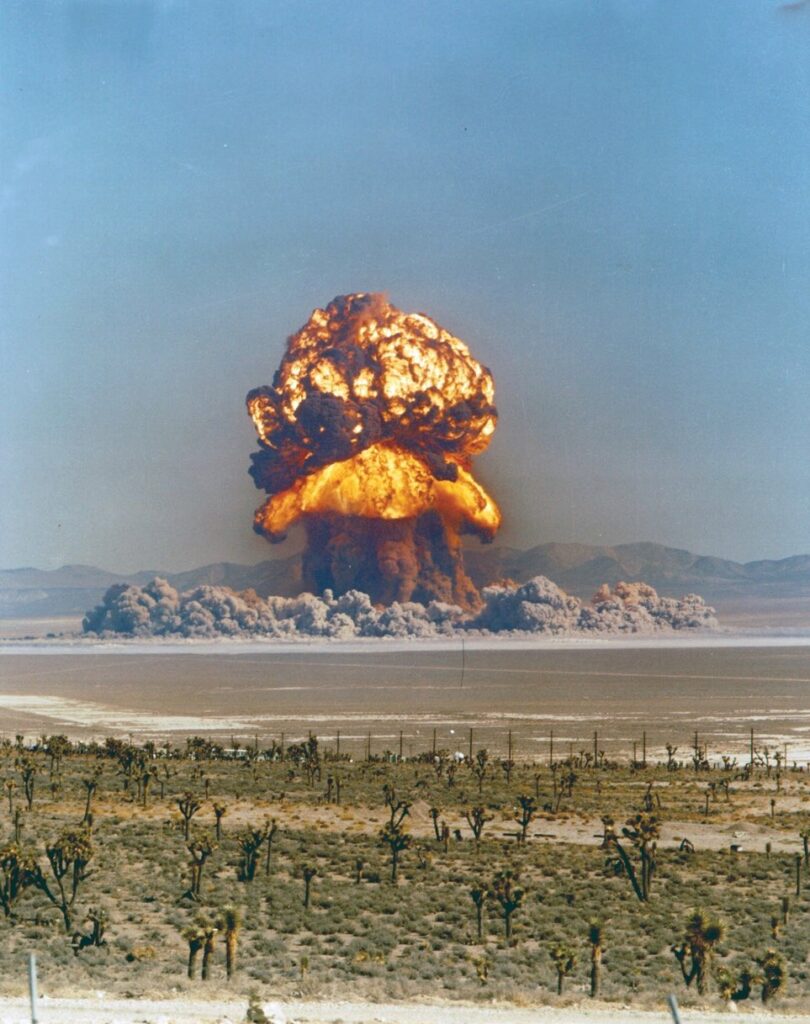
More on this story: Kremlin Continues to Intimidate the West with Nuclear War Threats
We remain convinced that the Kremlin leadership aims to replay certain events of the Cold War, adjusting for what it views as the Soviet Union’s missteps during that era. This includes the Cuban Missile Crisis, where the Kremlin perceives the USSR’s behavior as overly cautious and flawed. Russia’s recent test of the intercontinental missile “Oreshnik” appears to be an attempt to underscore its willingness to deploy nuclear weapons if it perceives substantial risks to its security. Moscow likely anticipated that allied approval of Ukraine’s strikes deep into Russian territory would have more severe consequences for Russia’s defensive capabilities and its reputation among Kremlin allies.
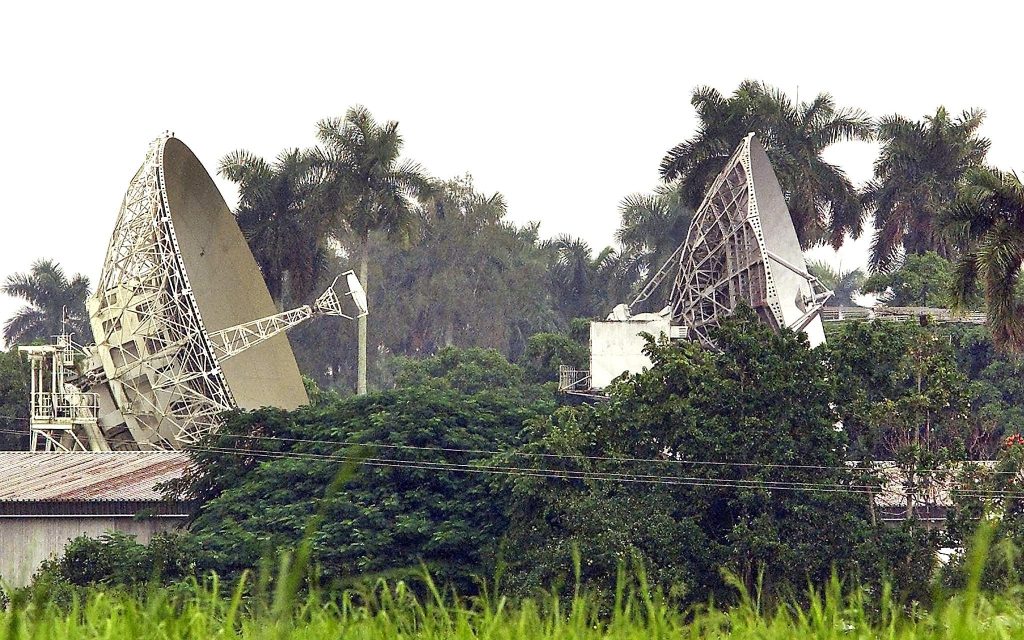
More on this story: Putin trying to replay Cold War in his favor
It is plausible that changes to Russia’s nuclear doctrine were also part of a psychological operation aimed at intimidation. The Kremlin seems to believe that Donald Trump’s inner circle might pressure him to compel the new U.S. administration to make concessions to Russia on key issues. Russian propaganda has also circulated claims that the Kremlin has ordered all government institutions to relocate beyond the Ural Mountains. However, there is no evidence to support the implementation of such a directive, further suggesting the Kremlin is operating within a psyop framework. Simultaneously, Russian media has launched a fearmongering campaign focused on the potential for nuclear strikes against Europe.
Despite the heightened rhetoric of military escalation, we continue to regard Moscow’s nuclear threats as high-stakes bluffing. The Kremlin appears confident in its leverage over the new U.S. administration and will likely use the specter of nuclear conflict to weaken American influence in Europe.
We remain uncertain about the combat readiness of Russia’s nuclear arsenal, particularly its tactical nuclear weapons. Russia’s nuclear blackmail has not only failed to elicit concessions from the West but has also prompted expressions of readiness for retaliation in the event of escalation. Rear Admiral Thomas Buchanan, a representative of the U.S. Strategic Command (STRATCOM), publicly stated that the United States is prepared for nuclear exchanges with Russia on terms most favorable to the U.S. This signals Washington’s confidence in its ability to maintain strategic dominance, including its reserve of strategic arms.
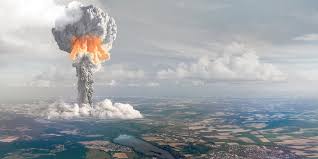
More on this story: Russia’s nuclear threats: risks and responsive options
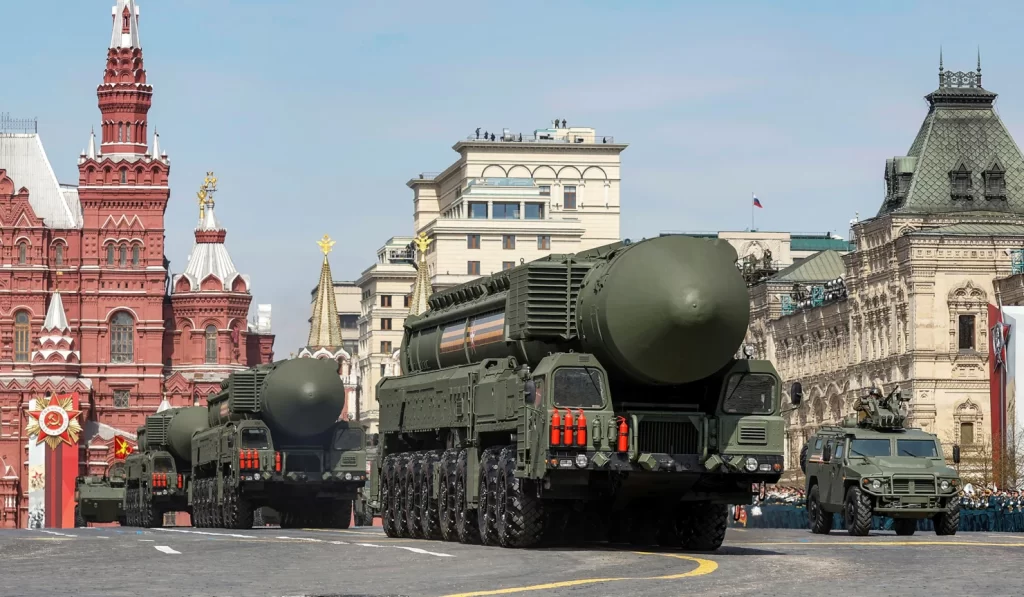
More on this story: Russia’s nuclear arsenal seems grossly exaggerated
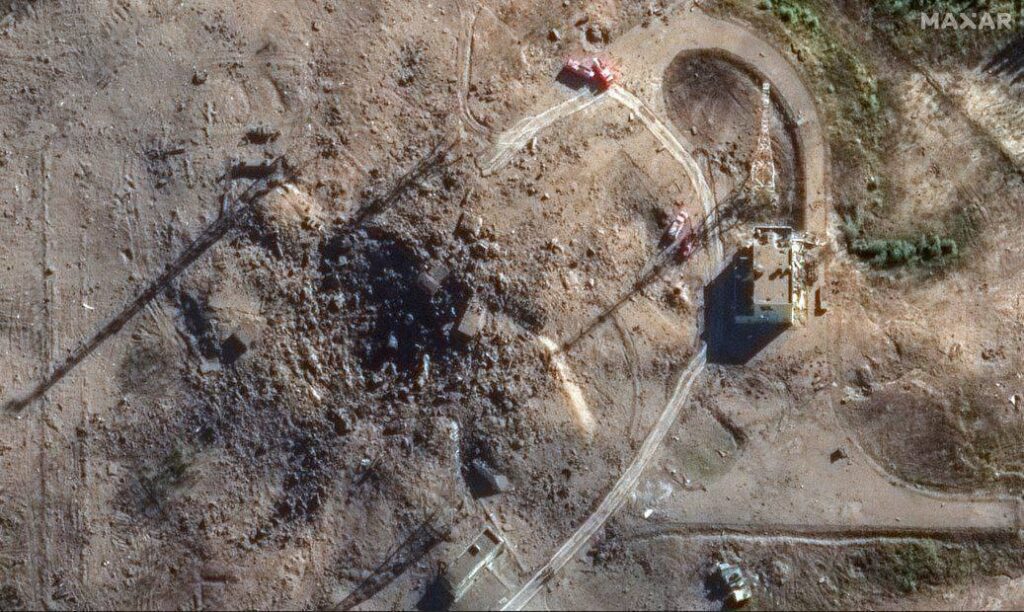
More on this story: Failed Satan II Missile Test Heightens Concerns About Russia’s Nuclear Arsenal
Since 2022, Washington has prepared for potential nuclear conflict, even if Russia were to use tactical nuclear weapons against Ukraine or in unpopulated areas. The launch of the “Oreshnik” missile without a nuclear warhead is evidence of the Kremlin’s attempt to intimidate through the possibility of a nuclear strike. However, we believe that Moscow fears uncontrolled nuclear escalation and doubts the reliability of its own nuclear arsenal. Consequently, the Kremlin currently focuses on creating the potential for nuclear disasters without deploying nuclear weapons.
Since the fall of this year, Russia has targeted three nuclear power plants under Ukrainian control: Rivne, Khmelnytskyi, and South Ukraine. The nature of these attacks suggests that the Kremlin is not aiming for the outright destruction of reactors. Instead, the goal seems to be the degradation of infrastructure to trigger emergency shutdowns and set the stage for accidents. Strikes on substations connected to the Russian-occupied Zaporizhzhia Nuclear Power Plant indicate Moscow’s preference for provoking an emergency scenario at the site.
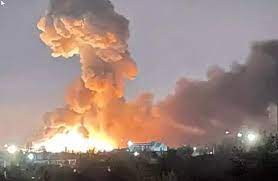
More on this story: What are potential consequences and scenarios for Russian-taken Ukrainian NPP
A crucial concern is access to spent nuclear fuel storage at these plants, which Russia could potentially transfer to allies like Iran and North Korea.
It must be acknowledged that the International Atomic Energy Agency (IAEA) is effectively under Moscow’s influence, having lost its objectivity and ability to critically assess the situation. This is partly due to the involvement of its Deputy Director General, Mikhail Chudakov, who is reportedly an undercover officer of Russian foreign intelligence. Chudakov played an active role in the disinformation campaign alleging Ukraine’s plans to use a dirty bomb—a narrative that was relayed to President Putin via intelligence head Sergey Naryshkin and later used to justify Russia’s invasion of Ukraine in 2022. Chudakov has also softened the IAEA’s stance following inspections at the Zaporizhzhia plant.
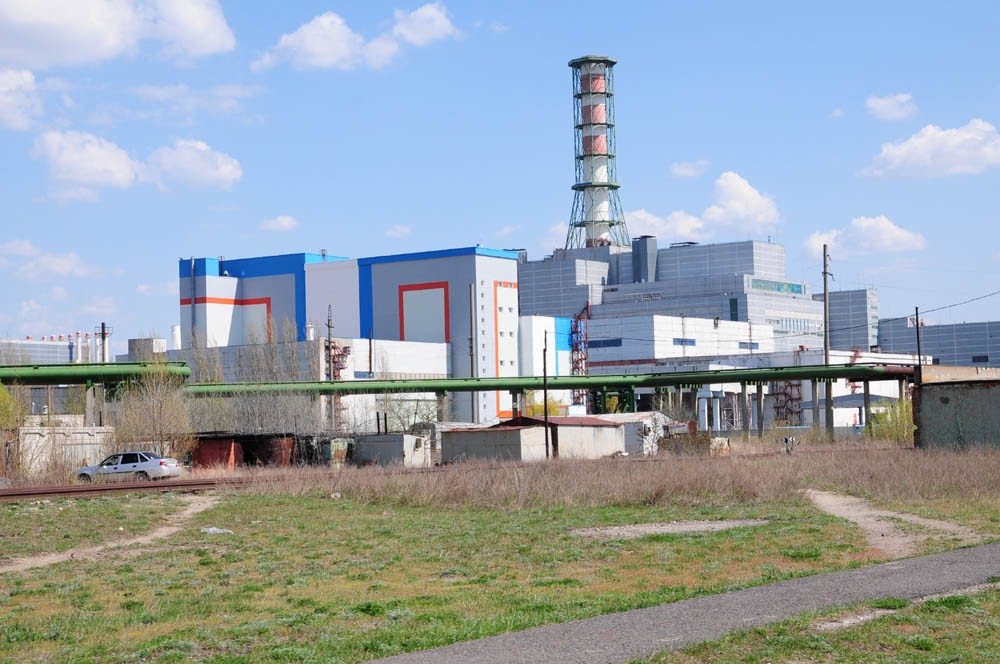
More on this story: Russia looking for reason to launch nuclear testing and total mobilization
